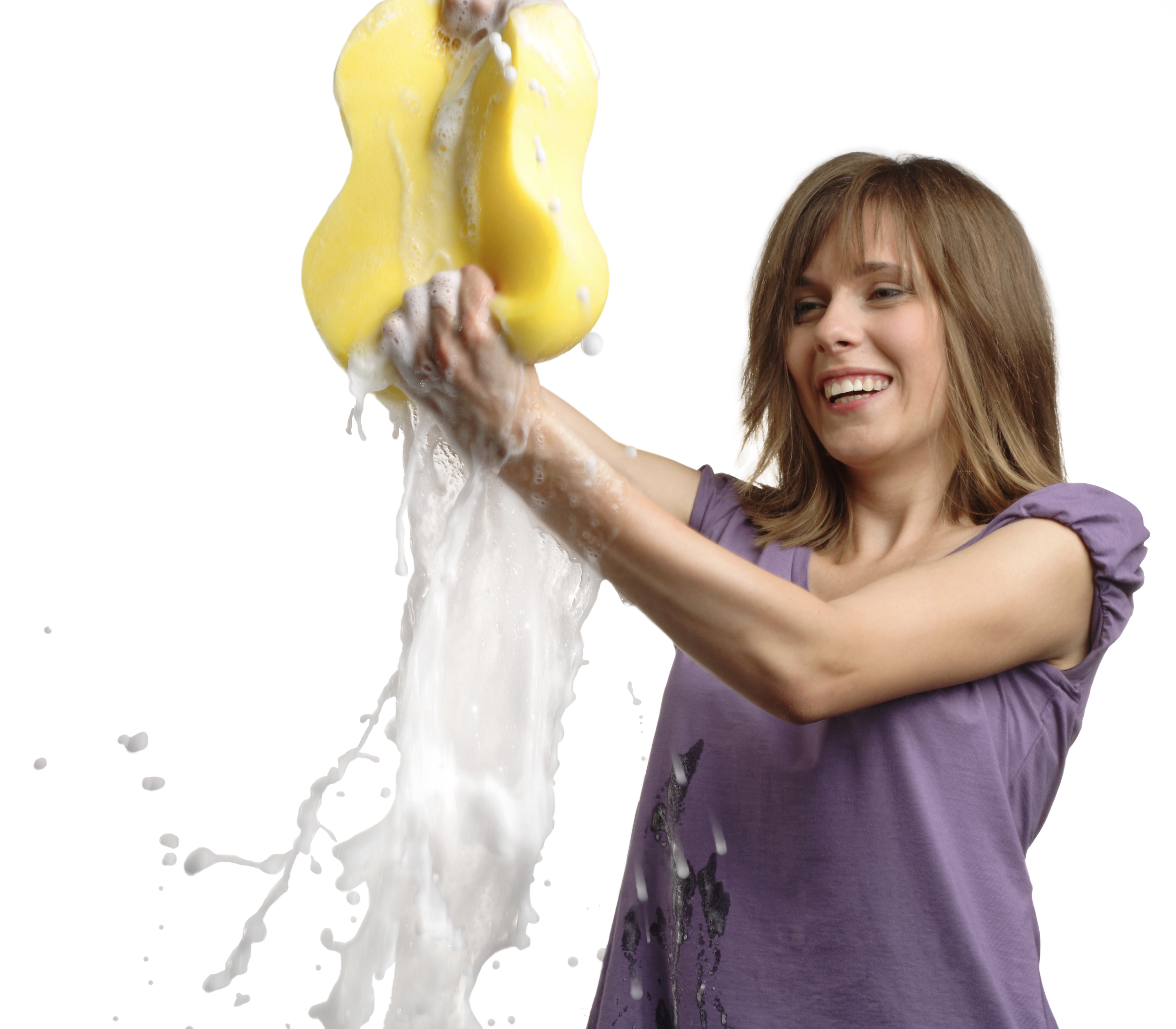 1. How often do I need to wash my car?
1. How often do I need to wash my car? The recommendation is to wash your car once per week or at least several times per month regardless of weather conditions, if you live in a city.
2. Why is dirt bad for a car? The soot, acids and other volatile substances in the environment that make up smog easily stick to the car dust thus forming a fat film that is harmful to the car body. Therefore, it is necessary to periodically ""free"" the vehicle from the accumulation of harmful substances while protecting and saving it.
3. Do I need to wash my car in winter? Washing cars in winter is even more important than in the summer, because not only sand and salts used to melt snow, but also tar and asphalt dust caused by studded snow tires are damaging to the car. Asphalt dust and tar, which has not been cleaned for a long time, is absorbed into the car paint and can later be removed by special means only.
4. How to have a clean car during the winter and not to worry about freezing doors or other parts? When drying a washed car, residual water is blown out of car doorways using a powerful jet of air. In addition, silicone must be applied to car gaps in the cold season.
5. What does the quality of a car wash depend on? Four factors determine the quality of a car wash: temperature, concentration of chemicals, mechanical impact and time. The reduction in one element must be compensated by another one. For example, when air temperatures drop in the winter, car washes usually increase the concentration of chemicals or their amounts. The quality of the wash also depends on composition of brushes. Some car washes use polyethylene brushes for better dirt removal, while others use polyurethane, porous, softer, gentler and more car-friendly brushes.
6. What’s the difference between different washing programs? Depending on the programme, the car is simply rinsed thoroughly or extra waxed. Using waxing programmes, wax is brushed into the car. The wax-coated surface is less sticky to dust and dirt, also the car’s paint and plastic parts are visually refreshed, the surface becomes smoother and glossier.
7. Why is wax good for the car surface? Exposed to environmental salts or industrial deposits, painted polymer and rubber surfaces become porous and fade. Waxing with special tools using state-of-the-art technology and containing small nanoparticles, even the smallest cracks on the painted surfaces are filled with wax, forming a seamless protective film. Brushes rub wax well into micro pores of hard and scratch-resistant paint.
ORLEN car washes use car care products made using the latest technology. A clean and waxed car is less icy; icy surface is unpleasant for the driver and damages the car's surface.
8. What’s the difference between different detergents? Automatic car washes use several different products for car washing. The car-spray foam prepares it for washing. The foam is rich in surfactants that are able to bind dirt particles. The foam structure itself allows them to stay on the washable surface for a longer period of time and to “attach” more dirt particles. The main purpose of the shampoo is to wash the car itself. The shampoo also contains surfactants, but they are of a different kind, i.e. they remove dirt that has not been removed by foam. One of the important uses of a shampoo is to keep brushes clean, i.e. prevent dirt from sticking to car wash brushes. Not only do clean brushes wash better, but they also protect the car’s surface from damage: if car wash brushes get dirty and sandy, the surface can be scratched. Some shampoos also contain water-softening additives to improve the washing quality. Depending on the season, the composition of dirt that needs to be washed off also differs. During the summer, these are insect debris, dust, sand, road dirt and the like. In winter, these include salt, road dirt and tar. Therefore, different shampoos should be used depending on the season. In addition to shampoos, car washes also use a chemical desiccant that breaks down a water film and helps to easier blow off water from the car’s surface. Active detergent properties, which depend on the surfactant mixture, determine detergent quality. Usually one active substance can bind one type of dirt particles only. The more different surfactants the detergent contains, the more effective it is. Moreover, the finer the particles of the active ingredient, the more dirt particles can the same amount of active ingredient bind and the better the dirt is removed.